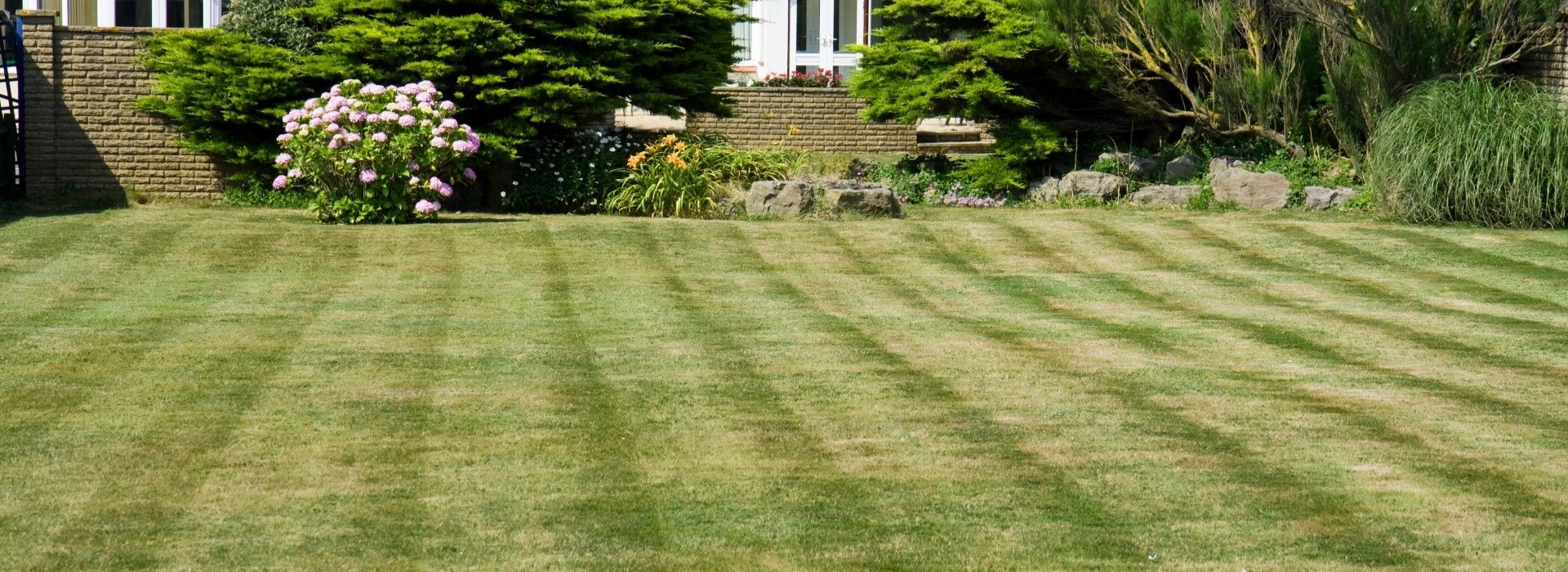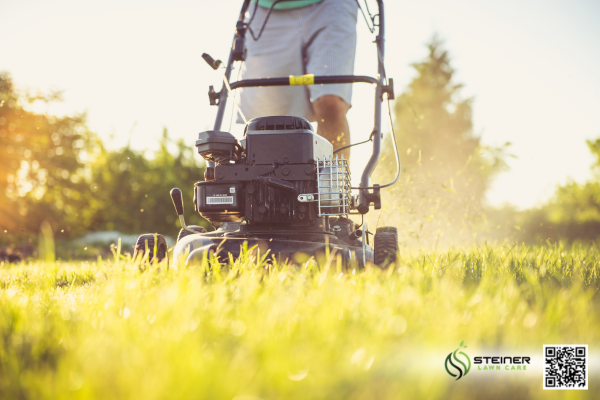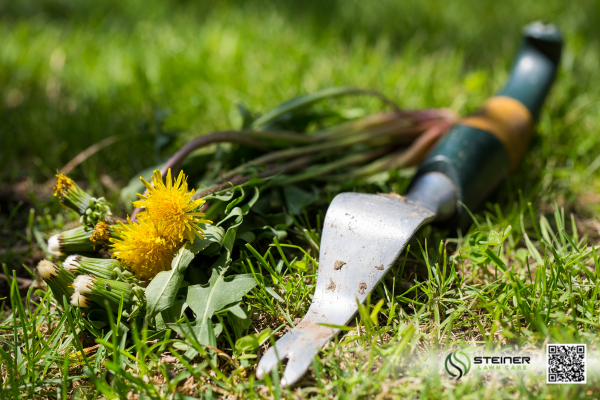
As winter fades and temperatures rise, homeowners across the country begin to dream of thick, green grass underfoot. But after months of cold, snow, and dormancy, your yard might not be the lush paradise you hoped for. Instead, you’re likely dealing with patchy areas, compacted soil, and signs of winter damage. That’s where spring lawn revival comes in.
Reviving your grass isn’t just about making it look pretty—it’s about restoring its health, structure, and strength so it thrives through the seasons ahead. Let’s dive into the essential steps that will bring your lawn back to life this spring!
Before doing anything else, take a walk around your yard and look closely at the state of your lawn. Check for:
Use a steel rake to remove leaves, sticks, and leftover debris from fall and winter. Raking also helps break up matted patches, allowing sunlight and air to reach the soil beneath.
A critical part of spring lawn revival is addressing compacted soil and thatch buildup. Both can block essential nutrients, water, and air from reaching the root zone.
You can rent a core aerator or hire a pro to handle this part. Dethatching rakes or power dethatchers are great for heavily affected lawns.
If your lawn looks thin or has bare patches, it’s time to overseed. This introduces new grass seed into existing turf to thicken your lawn and boost resistance to pests and disease.

Fertilizing in the spring helps jumpstart growth and revitalize your lawn after a long winter. Choose a slow-release fertilizer with balanced nitrogen (N), phosphorus (P), and potassium (K) ratios.
Avoid over-fertilizing, as this can cause shallow roots and excess thatch buildup.
Now that your lawn is reviving, you’ll want to maintain proper watering and mowing habits:

Spring is here, and now is the perfect time to start your spring lawn revival. Whether you’re dealing with patchy grass, compacted soil, or a lawn that just needs a little love, we’re here to help.
